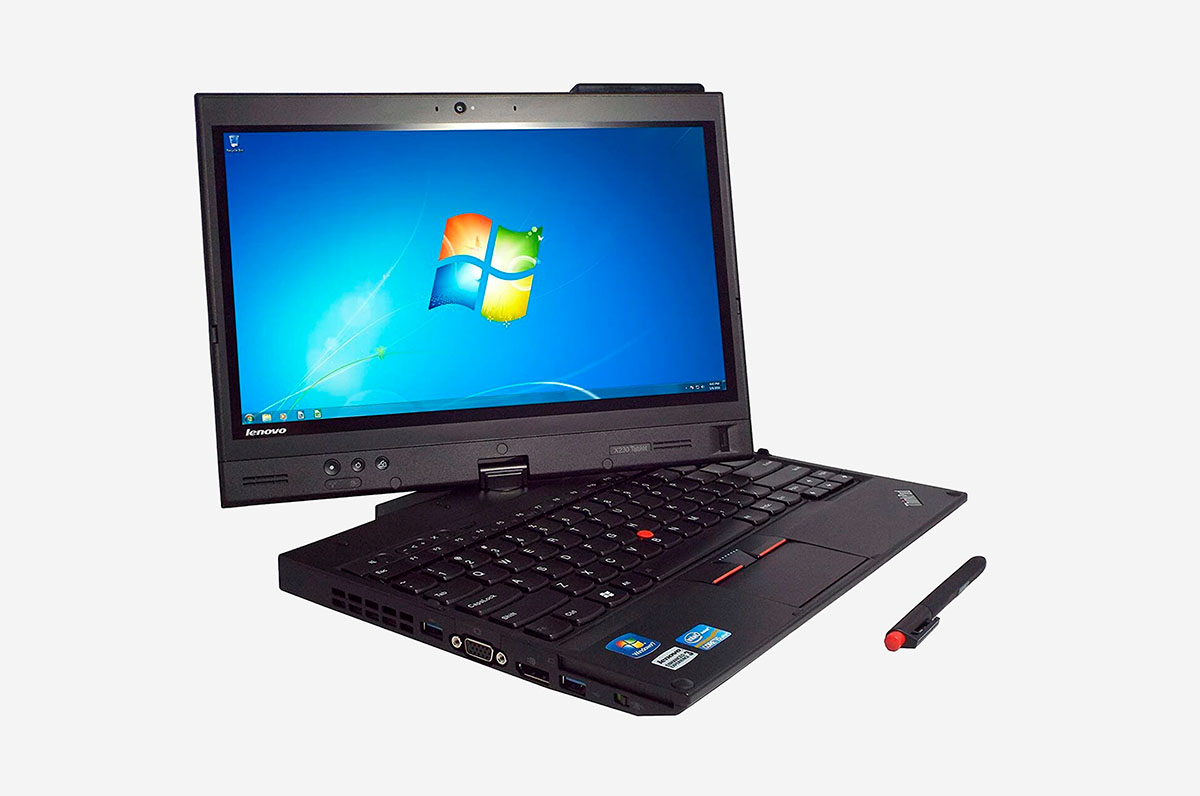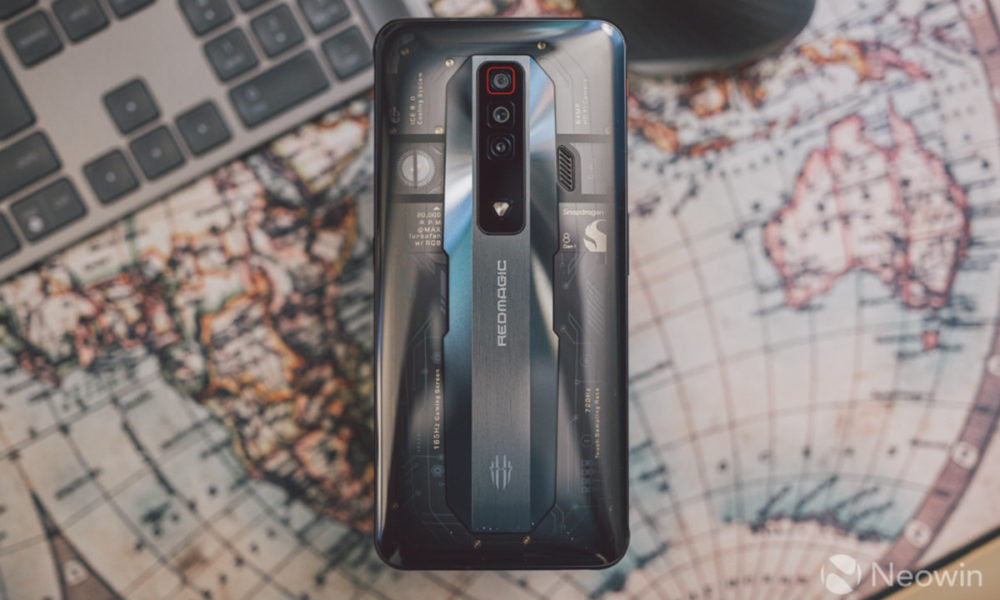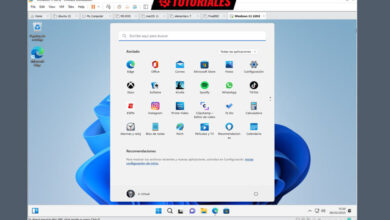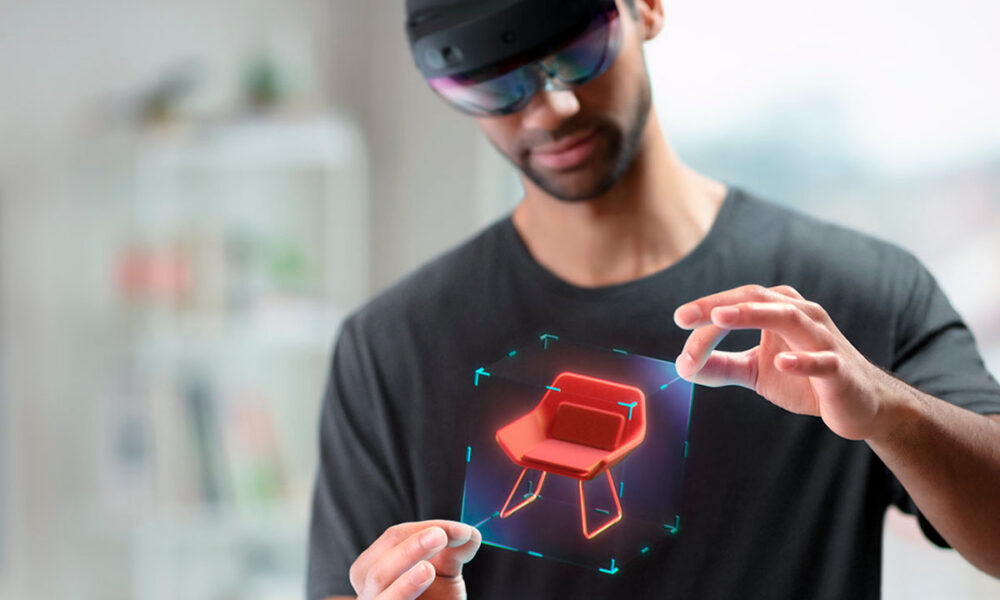
I know what to say Microsoft is a company especially ahead of its time when it comes to designing new types of devices. It might get me a nice blanket of sticks, but reading this GeekWire article has really left me thinking. And although there are some nuances that must be included to make the premise more accurate, the truth is that it is an approach that stands on its own. So I invite you to contemplate the data and come to your own conclusion, which I hope you will share in the comments.
The reflection originates from the presentation, last Monday, of Apple Vision Pro, the revolutionary Apple device that reformulates the approach to mixed-augmented reality viewersand that if it weren’t for its very high price (although I understand the underlying logic of its choice, since Apple proposes it as an alternative to buying a next-generation Mac, an iPad, a high-definition screen and a huge television), it could become the paradigm shift that Tim Cook talked about when he took the stage.
When the announcement came, we all thought of Meta, its headset division, and the Metaverse, fueled later in the week by Mark Zuckerberg’s remarks at an employee meeting. Now, we should not forget that Microsoft is already present in that market, for years, with its HoloLens, currently version 2, whose price starts at $3,500 in the United States (3,849 euros in Spain). Yes, they are the same price, although the Microsoft viewer is aimed specifically at the professional sector, while Apple is also aimed at the end user. Well, there is another important difference between Apple Vision Pro and Microsoft HoloLens, and that is that the Cupertino viewer will hit the market in 2024, while the Redmond viewer has been on the market since 2016.
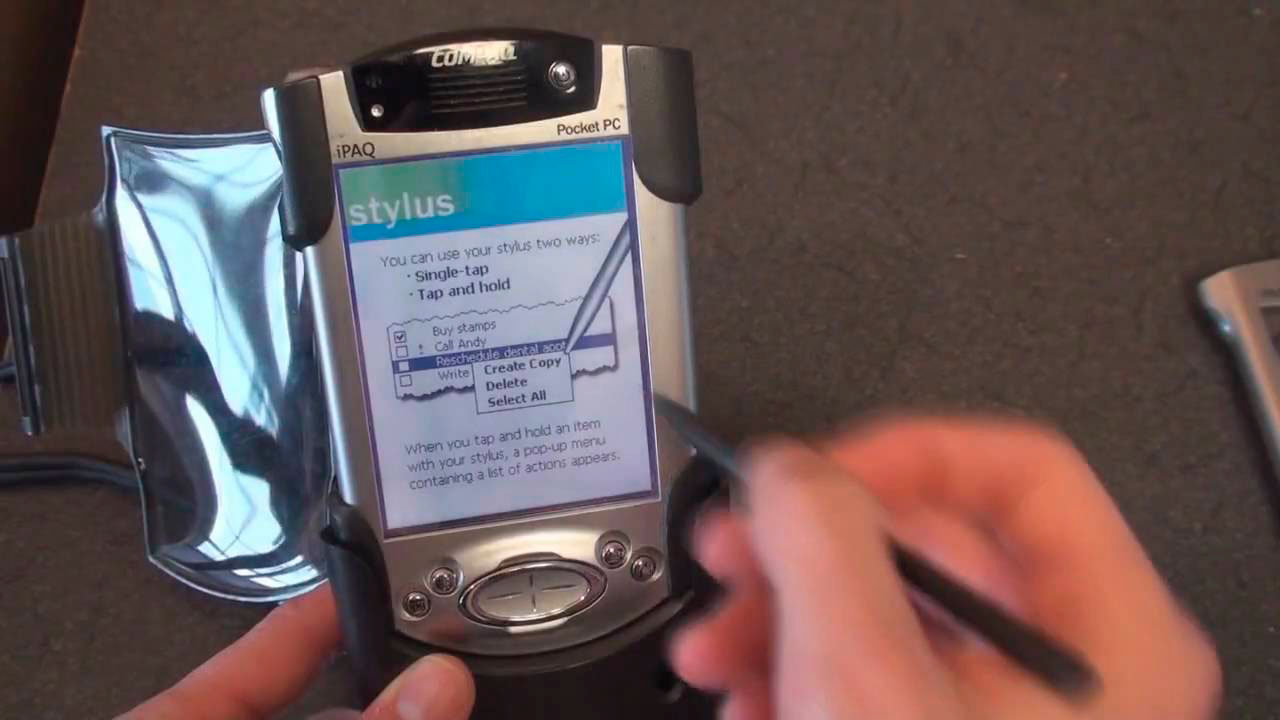
Credit: pocketnow
Apple, and I have already said this on previous occasions, not usually the first tech to propose a new type of device. Instead, what it does is analyze the existing offer and “give it a spin” to create its own version, generally improved and, moreover, adapted to its ecosystem. Apple did not invent the PC (although it was a precursor in the AiO format), it did not invent the laptop (although it was ahead of the rest of the market with ultralights with the MacBook Air), it did not invent the Mp3 player (but it completely redefined the concept with the iPod), he did not invent the smartphone (but the iPhone is the market reference)… I think the story tells itself, right?
Now, at the beginning I said that Microsoft is a forerunner, and yet I’ve only talked about HoloLens and Apple Vision Pro so far, so you’re probably wondering if I’m relying on that alone to make that statement. The answer is no.
In the presentation of Apple Vision Pro, Tim Cook said “iPhone introduced us to mobile computing«, but the truth is that the first iPhone was presented in January 2007, that is, almost ten years after Microsoft developed Windows CE and defined the PocketPC standard. And yes, I know that some will tell me that Palm was already there before, and also that others will remind me that Apple launched its first Newton back in 1992. It is true in both cases, but we must not forget that, although Palm, Newton and Microsoft they competed for the same user profile, they did it with very different approaches, Palm and Apple with the PDA and Microsoft with the PocketPC.
Although his life span was short-lived, for a few years the PocketPC aimed to be the pocket alternative for many common activities on the PC. In my case, at the time I bought a Compaq iPaq of the H3800 series, which at that time was like carrying a computer in my pocket. At the time, it competed with the aforementioned PDAs, as well as with phones such as the Nokia Communicator series or the Ericsson R380. However, the smartphone boom killed off PocketPCs, as well as basic digital cameras and GPS navigators… but that’s another story.
On the other hand, there is a general opinion that we owe the tablet format to Apple. It is true, in honor of the truth, that in the very distant 1987 Apple showed a concept called Knowledge Navigator, which advanced, with some differences, the current tablet format. However, we did not see anything like it until Microsoft defined, in 2001, the Tablet PC standard, which debuted in the market that same year with the HP Compaq tablet PC, a portable computer whose keyboard could be detached and also rotated to place it on the back of the device. Subsequently, other manufacturers joined this market. From all that offer, I fell madly in love with the IBM (later Lenovo) ThingPad.
The Tablet PC format did not quite catch on in the market, mainly due to its high price (We are talking about the times when a laptop was always more expensive than a desktop), together with the fact that, despite the fact that several models were presented, the offer was never too wide. However, this standard defined by Microsoft was decisive, a posteriori, for the arrival of both tablets and 2-in-1s.
I know that Microsoft was nourished, on many occasions, from the previous work of other technological, but it is no less true that it was the first, of the great technologies, to bet on truly innovative concepts, some of which left a huge mark on the devices we use today. Perhaps, if there is something that can be developed, yes, it is that it has never been able to sell its proposals as well as Apple does… although, in that regard, we also find similarities. I close this article with the comparison of the presentation speeches of Microsoft Hololens, in 2015, and Apple Vision Pro, this week:
“A few years ago we started to wonder… Could Windows make your digital life more powerful by connecting it with your real life? … Could we show your digital content directly into your world, directly into your life? The HPU (Holographic Processing Unit) gives us the ability to understand where you are looking to understand your gestures, to understand your voice”, Alex Kipman, Microsoft, 2015.
“Vision Pro is a new kind of computer that augments reality by seamlessly blending the real world with the digital world… You can see, hear and interact with digital content as if it were in your physical space. And you control Vision Pro using the most natural and intuitive tools: your eyes, hands and voice.”, Tim Cook, Apple, 2023.
